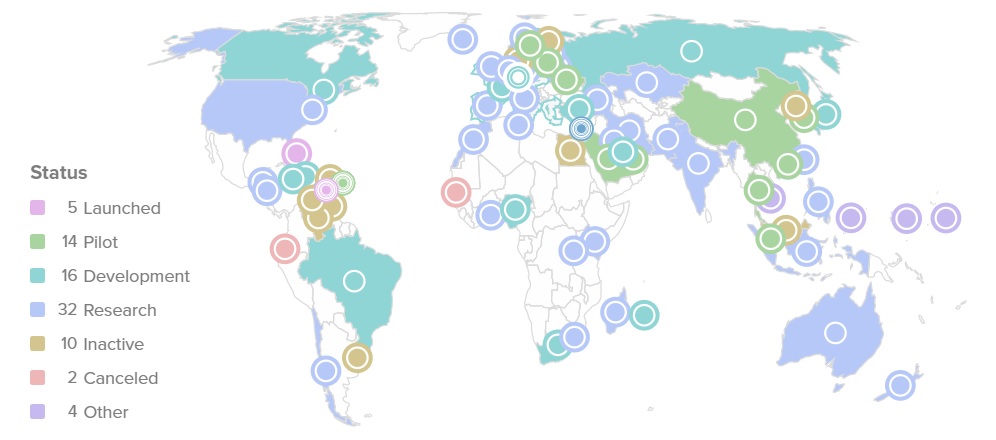Hôtellerie : Apple intègrera bientôt les clés de chambre numérique
Voilà une nouvelle qui devrait simplifier la vie des éditeurs d’applications hôtelières et les hôteliers eux-mêmes. A l’automne, la version définitive d’iOS sera disponible pour les détenteurs d’iPhone. Dans cette nouvelle version du logiciel, l’application Wallet va évoluer : en alliant la technologie NFC (sans contact) à ce range documents numériques, les clients d’un hôtel pourront désormais y embarquer leur clé d’hôtel dans sa version numérique. Plus besoin pour eux de télécharger nécessairement une application pour y avoir accès. L’iPhone peut être verrouillé ou même éteint sans que cela n’entrave le processus. Si la version bêta d’iOS 15 est d’ores et déjà disponible, sa version définitive le sera à l’automne prochain.










